Study protocol: Insight 46 - a neuroscience sub-study of the MRC National Survey of Health and Development
- PMID: 28420323
- PMCID: PMC5395844
- DOI: 10.1186/s12883-017-0846-x
Study protocol: Insight 46 - a neuroscience sub-study of the MRC National Survey of Health and Development
Abstract
Background: Increasing age is the biggest risk factor for dementia, of which Alzheimer's disease is the commonest cause. The pathological changes underpinning Alzheimer's disease are thought to develop at least a decade prior to the onset of symptoms. Molecular positron emission tomography and multi-modal magnetic resonance imaging allow key pathological processes underpinning cognitive impairment - including β-amyloid depostion, vascular disease, network breakdown and atrophy - to be assessed repeatedly and non-invasively. This enables potential determinants of dementia to be delineated earlier, and therefore opens a pre-symptomatic window where intervention may prevent the onset of cognitive symptoms.
Methods/design: This paper outlines the clinical, cognitive and imaging protocol of "Insight 46", a neuroscience sub-study of the MRC National Survey of Health and Development. This is one of the oldest British birth cohort studies and has followed 5362 individuals since their birth in England, Scotland and Wales during one week in March 1946. These individuals have been tracked in 24 waves of data collection incorporating a wide range of health and functional measures, including repeat measures of cognitive function. Now aged 71 years, a small fraction have overt dementia, but estimates suggest that ~1/3 of individuals in this age group may be in the preclinical stages of Alzheimer's disease. Insight 46 is recruiting 500 study members selected at random from those who attended a clinical visit at 60-64 years and on whom relevant lifecourse data are available. We describe the sub-study design and protocol which involves a prospective two time-point (0, 24 month) data collection covering clinical, neuropsychological, β-amyloid positron emission tomography and magnetic resonance imaging, biomarker and genetic information. Data collection started in 2015 (age 69) and aims to be completed in 2019 (age 73).
Discussion: Through the integration of data on the socioeconomic environment and on physical, psychological and cognitive function from 0 to 69 years, coupled with genetics, structural and molecular imaging, and intensive cognitive and neurological phenotyping, Insight 46 aims to identify lifetime factors which influence brain health and cognitive ageing, with particular focus on Alzheimer's disease and cerebrovascular disease. This will provide an evidence base for the rational design of disease-modifying trials.
Keywords: Epidemiology, Life course, Genetics, Alzheimer’s Disease, Ageing, Magnetic resonance imaging, Positron emission tomography, Cognition, Vascular disease, Birth cohort.
Figures

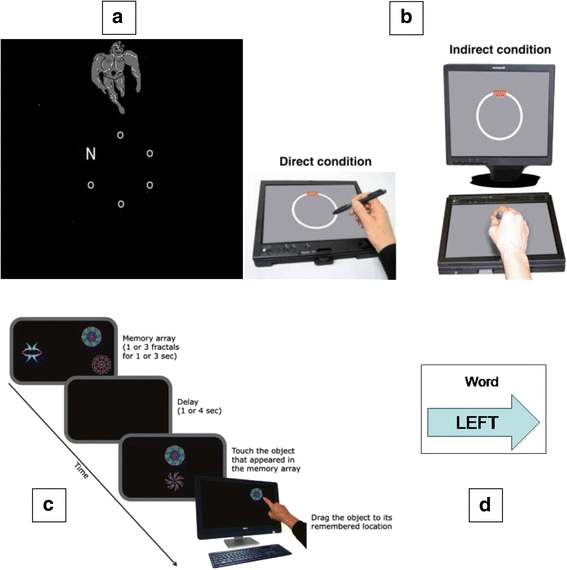
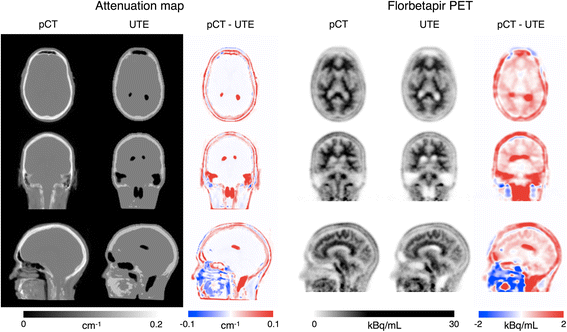
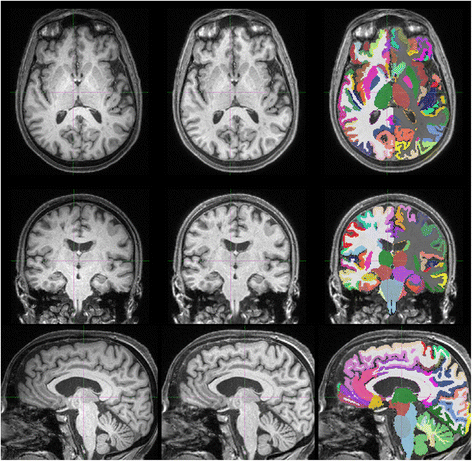
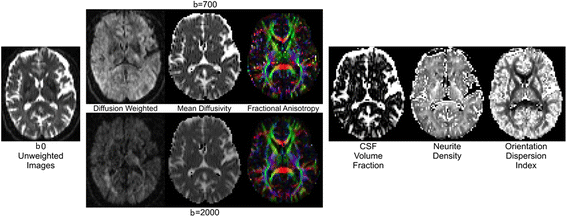
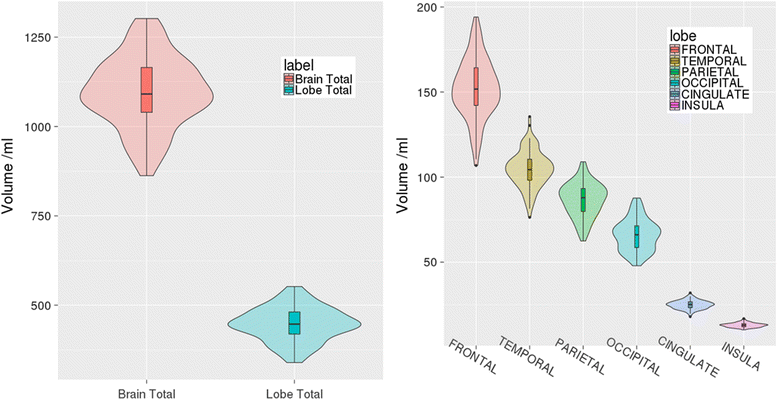
References
-
- Office of National Statistics . Deaths Registered in England and Wales. 2016. pp. 1–15.
-
- Prince M, Albanese E, Guerchet M, Prina M, Richard Pender C, Ferri C, et al. World Alzheimer. Report 2014 Dementia and Risk Reduction an Analysis of Protective and Modifiable Factors. 2014.
-
- Alzheimer’s Association. Changing the Trajectory of Alzheimer’s Disease: A National Imperative. Alzheimer’s Assoc. 2010:1–17.
MeSH terms
Substances
Grants and funding
- MR/L501542/1/MRC_/Medical Research Council/United Kingdom
- MR/K01417X/1/MRC_/Medical Research Council/United Kingdom
- G0701075/MRC_/Medical Research Council/United Kingdom
- G1001253/MRC_/Medical Research Council/United Kingdom
- MC_UU_12019/3/MRC_/Medical Research Council/United Kingdom
- MR/J01107X/1/MRC_/Medical Research Council/United Kingdom
- MR/L023784/1/MRC_/Medical Research Council/United Kingdom
- MR/J004758/1/MRC_/Medical Research Council/United Kingdom
- WT_/Wellcome Trust/United Kingdom
- MR/L023784/2/MRC_/Medical Research Council/United Kingdom
- G0901254/MRC_/Medical Research Council/United Kingdom
- MR/M009106/1/MRC_/Medical Research Council/United Kingdom
- G-1307/PUK_/Parkinson's UK/United Kingdom
- MC_UU_12019/1/MRC_/Medical Research Council/United Kingdom
LinkOut - more resources
Full Text Sources
Other Literature Sources

